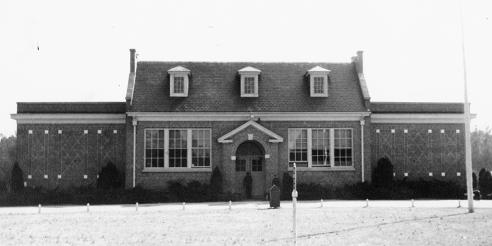The Green Decision of 1968
By 1968, the U.S. Supreme Court had lost patience with the slow pace of school integration. In New Kent County, Virginia, under a freedom-of-choice plan, 115 black students chose to attend mostly white New Kent High School but 85 percent of blacks and no whites attended George W. Watkins School. A lawsuit brought by Charles C. Green, in 1965, contended that such freedom-of-choice plans undermined the heart of the Supreme Court's repudiation of "separate but equal" segregation in the Brown v. Board of Education of Topeka decision, handed down in 1954.

The Supreme Court decreed a new approach in Green v. School Board of New Kent County, in 1968. It became the most important school desegregation case since Brown. Not satisfied with token compliance, the court shifted its concern "to ensure racial balance in schools." The decision resulted in "Green" factors being used to determine whether a desegregation plan was acceptable, including the ratio of black to white students and faculty, and absolute equality in facilities, transportation, and extracurricular activities. Freedom-of-choice plans, whether in Virginia or elsewhere, did not meet the Court's new standards. The Court's insistence on immediately destroying segregated schools "root and branch" hastened the pace of change. The percentage of southern black students attending integrated schools jumped from 32 percent in 1968–69 to 79 percent in 1970–71.
Because of white flight to private academies and to the suburbs, racial balance could not be achieved in many city schools without extensive busing of students citywide or across city-county boundaries. This set the stage for a sharp white backlash against social engineering by the judiciary and a strengthening of conservative political opinion.
